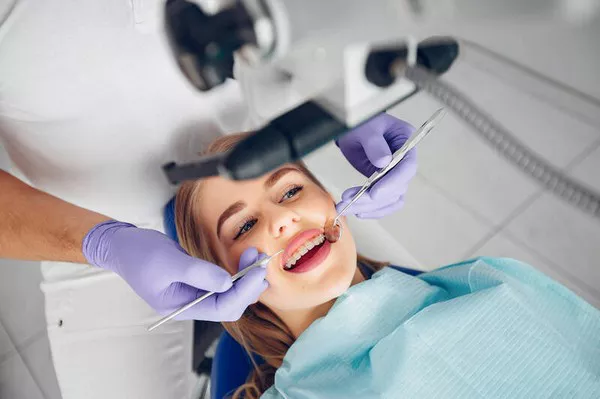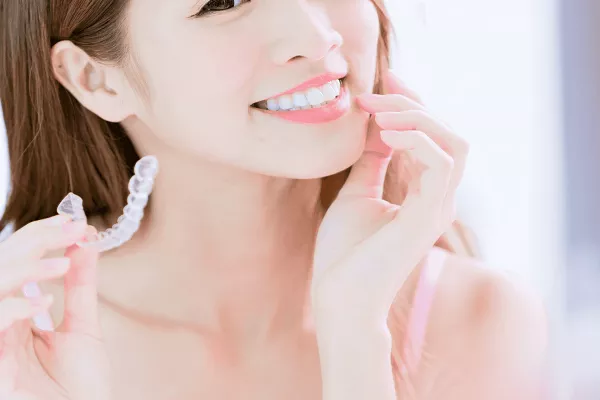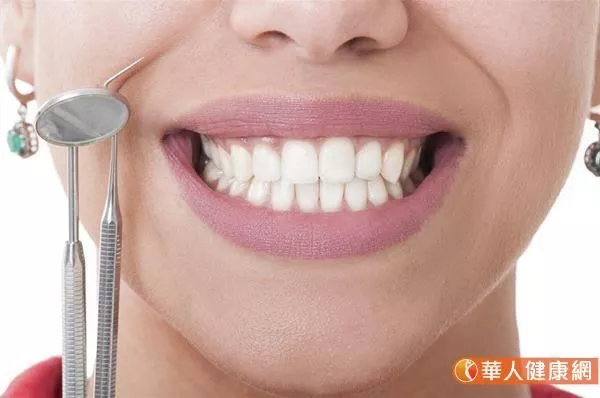Dental fillings play a crucial role in preserving the integrity of our teeth, but what about the care routine that follows the procedure? One common question that often arises is, “How long after a filling can you brush your teeth?” This article delves into the nuances of post-filling oral care, providing insights into the optimal timing for brushing and the considerations involved.
1. Immediate Aftercare: The First 24 Hours
After the completion of a dental filling, it is advisable to refrain from brushing your teeth for the first 24 hours. This initial period is crucial for the filling to set and achieve its optimal strength. Brushing too soon could potentially disrupt the settling process, compromising the effectiveness of the filling.
2. Rinsing and Gentle Cleaning
While refraining from brushing during the first 24 hours, it is essential to maintain oral hygiene through other means. Dentists often recommend gentle rinsing with a mild, alcohol-free mouthwash or warm saltwater. This helps in keeping the oral environment clean without exerting pressure on the newly placed filling.
3. Choosing the Right Toothbrush and Toothpaste
Once the initial 24 hours have passed, selecting the right toothbrush and toothpaste becomes paramount. Opt for a soft-bristled toothbrush to minimize abrasion and irritation to the filling. Additionally, choose a toothpaste with fluoride, as it helps strengthen the enamel and promotes overall oral health.
4. Brushing Technique Matters
When it’s time to resume brushing, pay attention to your technique. Use gentle, circular motions to clean your teeth and the filled area. Avoid aggressive scrubbing, as it can lead to gum irritation and wear on the filling. A controlled and systematic approach ensures effective cleaning without compromising the integrity of the dental work.
5. Post-Filling Sensitivity: What to Expect
It’s not uncommon to experience some sensitivity after getting a dental filling. This sensitivity can be heightened during brushing. Using a toothpaste specifically designed for sensitive teeth can help alleviate discomfort. If sensitivity persists or worsens, consulting with your dentist is advisable to rule out any potential issues with the filling.
6. Frequency of Brushing
Maintaining a regular and consistent oral hygiene routine is essential for the longevity of dental fillings. Brushing your teeth at least twice a day, preferably in the morning and before bedtime, helps prevent plaque buildup and reduces the risk of further dental issues. However, excessive brushing or aggressive brushing techniques should be avoided to prevent damage to the filling and surrounding teeth.
7. Regular Dental Check-ups
Regardless of when you resume brushing after a filling, regular dental check-ups are indispensable. Your dentist will monitor the condition of the filling, assess overall oral health, and provide guidance on any necessary adjustments to your oral care routine. These check-ups are crucial in detecting and addressing any potential issues before they escalate.
Conclusion: Balancing Act for Optimal Oral Health
In conclusion, the question of how long after a filling one can brush their teeth involves a delicate balance between allowing the filling to set initially and maintaining a consistent oral care routine thereafter. Following the guidance provided by dental professionals, adopting gentle cleaning practices, and being attuned to post-filling sensitivity contribute to the overall success and longevity of dental fillings. Remember, oral health is an ongoing commitment, and striking the right balance ensures a bright and healthy smile for years to come.
Can Yellow Teeth Become White Naturally
How to use arc teeth whitening strips?





























